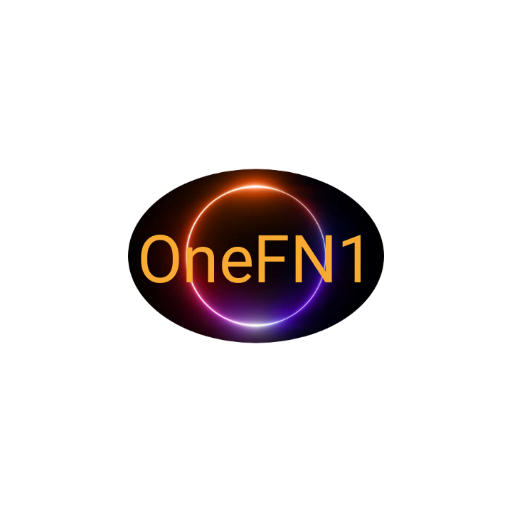The surge in anxiety experienced in the wake of the pandemic remains unprecedented, yet the origin of anxiety-related disorders, such as obsessive-compulsive spectrum disorder (OCSD), remains elusive. In a new study, scientists from the University of Utah Health have shed light on the crucial role of an often-overlooked cell type in the brain, microglia, in regulating anxiety-linked behaviors in mice used for laboratory tests. This contrasts with the conventional belief that neurons, the predominant brain cell type, control behavior.
The researchers showed that, like buttons on a game controller, specific microglia populations activate anxiety and OCSD behaviors while others dampen them. Further, microglia communicate with neurons to invoke the behaviors. The findings, published in Molecular Psychiatry, could eventually lead to new approaches for targeted therapies.
“A small amount of anxiety is good,” says Nobel Laureate Mario Capecchi, Ph.D., a distinguished professor of human genetics at the Spencer Fox Eccles School of Medicine at the University of Utah and senior author of the study. “Anxiety motivates us, spurs us on, and gives us that extra bit of push that says, ‘I can.’ But a large dose of anxiety overwhelms us. We become mentally paralyzed, the heart beats faster, we sweat, and confusion settles in our minds.”
The newly identified mechanisms could be important for maintaining behaviors within the healthy range under normal conditions. Under pathological conditions, the mechanisms could drive behaviors that become debilitating, Capecchi says.
“This work is unique and has challenged the current dogma about the role of microglia function in the brain,” says Naveen Nagajaran, Ph.D., a geneticist and neuroscientist at U of U Health and the study’s lead author.
The research shows that location and type of microglia are two characteristics that appear to be important for fine-tuning anxiety and OCSD behaviors. From there, microglia communicate with specific neurons and neural circuits that ultimately control behavior, Capecchi says. “We want to learn more about the two-way communications between neurons and microglia,” he says. “We want to know what’s responsible for that.” Defining these interactions in mice could lead to therapeutic targets for controlling excessive anxiety in patients.
OneForumNews1

















0 Comments